The first floor of the museum features two areas with rotating exhibits. The first, Eyes on the Edge: J. Henry Fair Photographs the Carolina Coast, is an amazing display of 27 large-scale, high-resolution photographs taken from the air. So impressive! No photos of the photographs are permitted. The exhibit is on display from August to October 23, 2016.
The second exhibit is Big and Bold: Selections from the Collection. It features out-sized art from the museum's extensive collection (7,000 pieces). We especially liked the glass pieces shown below.
Be sure to check out the Orientation Gallery by Christine Thee. This room is cleverly designed to create the illusion of both an indoor and outdoor space with the use of mirrors. John looks like he is in the garden which is actually a reflection of him standing behind me.
We continued to the 2nd floor galleries. This beautiful untitled chandelier (2010) by Dale Chihuly can be seen from the lobby or the second floor.
Cuneiform writing was developed in Mesopotamia (c 3200 BC). On display are tablets molded into smooth rectangular forms that fit into the palm of your hand. The clay had to be moist enough to write upon but hard enough to hold the images and avoid smearing (that would make theme legible). A stylus (bronze) was the pointed writing tool used by scribes. I had never seen these before and found them fascinating.
The cornerstone of the museum's fine art collection is the 77- piece donation by Samuel Henry Kress (1863-1955) of Old Master Renaissance, Baroque, and 18th century art. Kress amassed the largest collection of European Old Master pieces owned by one individual. The Kress Collection was distributed to the people of the US. Thirteen hundred pieces were donated to the National Gallery in Washington, DC. The rest of the collection (1,300 pieces) were donated to 18 cities across the country where Kress had "five and dime" stores. In many of these locations it was the first time Italian paintings and sculptures were ever displayed. The Columbia Museum of Art received the first donation in 1954 and the second in 1962.
Below are a few of our favorite pieces in the Late Medieval and Early Renaissance Gallery.
The most famous of the Kress Collection is The Nativity (1475-1480) fresco by Sandro Botticelli. Also shown is the sculpture, Virgin and Child and Four Cherub Heads (c 1490), by Gregorio Di Lorenzo.
This prayer book, A Book of Hours, with excerpts from the Bible was individually handwritten and decorated. It was made in Belgium between 1450 and 1460.
In the Renaissance, 15th Century Gallery, here are a couple of our favorites. Virgin and Child with the Infant Saint John the Baptist, Saint Francis and Three Angeles (c 1510) painted at the Circle of Fra Bartolommeo (Florentine School). The second is The Trinity Adored by the Heavenly Choir (15xx) by Tintoretto.
From the 18th Century Collection, I loved these two pieces: a Rococo style Espergne (1772) made in Dublin Ireland. An Espergne was placed in the center of the table at the end of a formal dinner to serve the dessert course. In the next photo the two pieces were made in England: a Chest on Chest (c 1715-1730) and a Longcase Clock (c 1744-1756).
Two pieces from the Asian Collection include a Water-Moon Guanyin Bodhisattva (c 1600) from the early-Ming Dynasty. And this fascinating collection of Chinese Snuff Bottles. These tiny bottles held snuff (powdered tobacco) that only the wealthy could afford. Tobacco was not native to China and was introduced by the Europeans in the 17th century. It was sold for its weight in silver.
This Duncan Phyfe sofa (1841) was just gorgeous. The painting above it is Capriccio with a Roman Arch (c 1745) by Bernardo Bellotto (Venetian).
In the American Art gallery this beautify Square Piano (c 1830) was built by William Geib. We have seen many of these in our visits to museums, particularly in the west. They were deemed easier to ship than other piano designs. The sculpture by Paul Wayland Bartlett (c 1907) is of Marquis de Lafayette.
Below are two portraits: the first is George Washington (1779-80) by Charles Wilson Peale; and, the second is Andrew Jackson (183) by Ralph Eleaser Whiteside Earl.
We always enjoy seeing a Frederic Remington piece. This one is The Bronco Buster (1895). Also shown is a painting by Robert Henri, Mary Ann MacNamara (1925).
These two lamps, Pomegranate Lamp with Mariposa Pottery Base (1895-1902); Table Lamp (1905-1916); and, other gorgeous glass pieces are from Tiffany Studios.
The final exhibit we saw was Making Maps: The Art of James Williams. It draws upon the ancient tradition of cartography and.represents his take on spacial reality...interesting.
We were so impressed with this relatively small museum of art. It has some fantastic pieces and the entire place is so well curated. Admission is $12/adults and $10/seniors (65+). If I lived in the area, I would definitely purchase a membership. I have shared with you only a fraction of the works on display, so go see it for yourself if you have the opportunity to do so. For additional information about the museum, check them out at www.columbiamuseum.org.
Before leaving Columbia, we stopped for lunch at well-known Maurice's Piggie Park BBQ. There are multiple locations throughout the area and John has eaten here before.
For an appetizer, try the fried pork skins and dip into their famous mustard-based barbecue sauce. For John, this place is a slice of heaven. And I agree, my lunch was delicious!
We saw lots of folks picking up lunch orders to go. For information on their locations and menu, see their website at www.piggiepark.com.
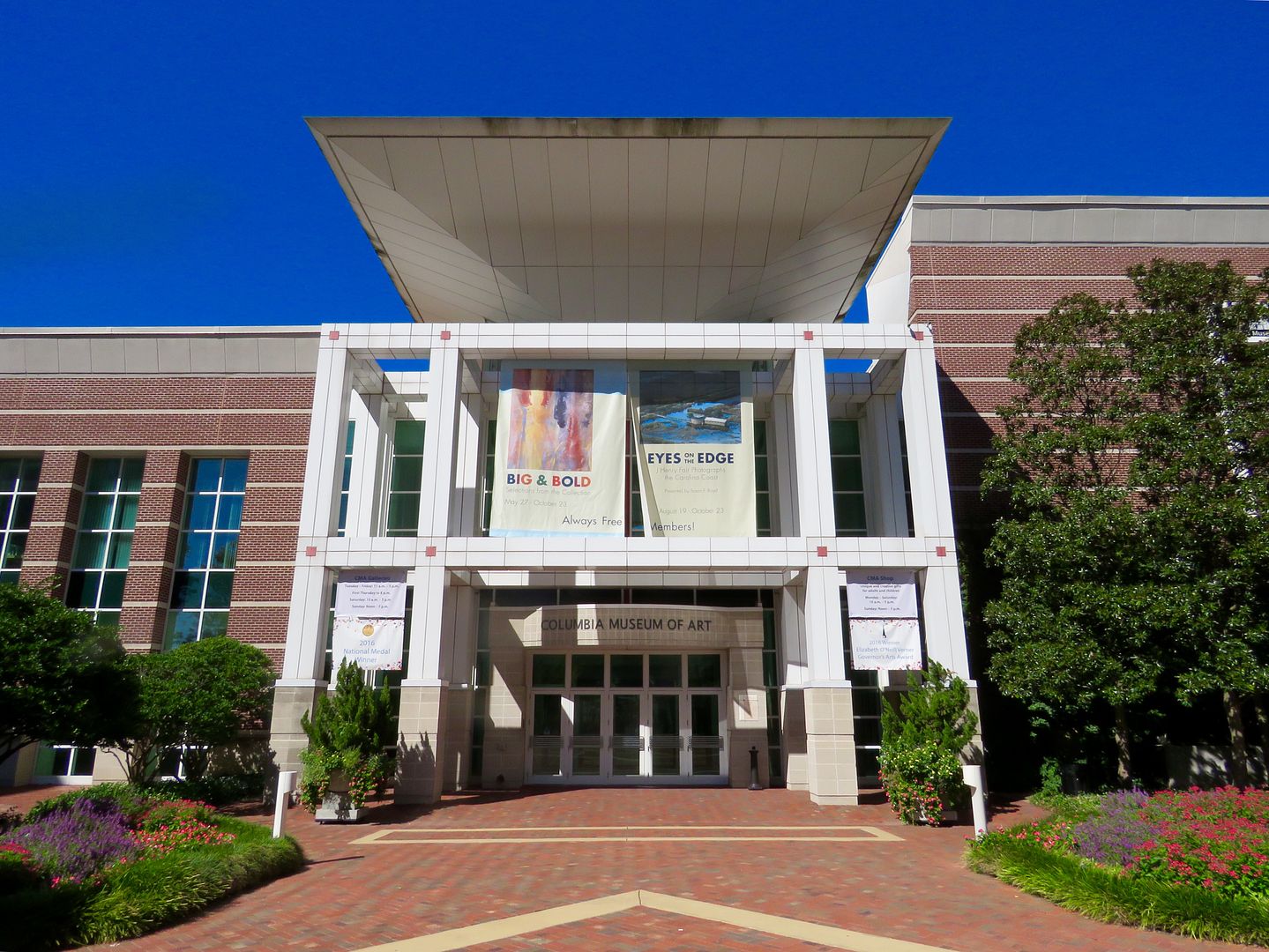
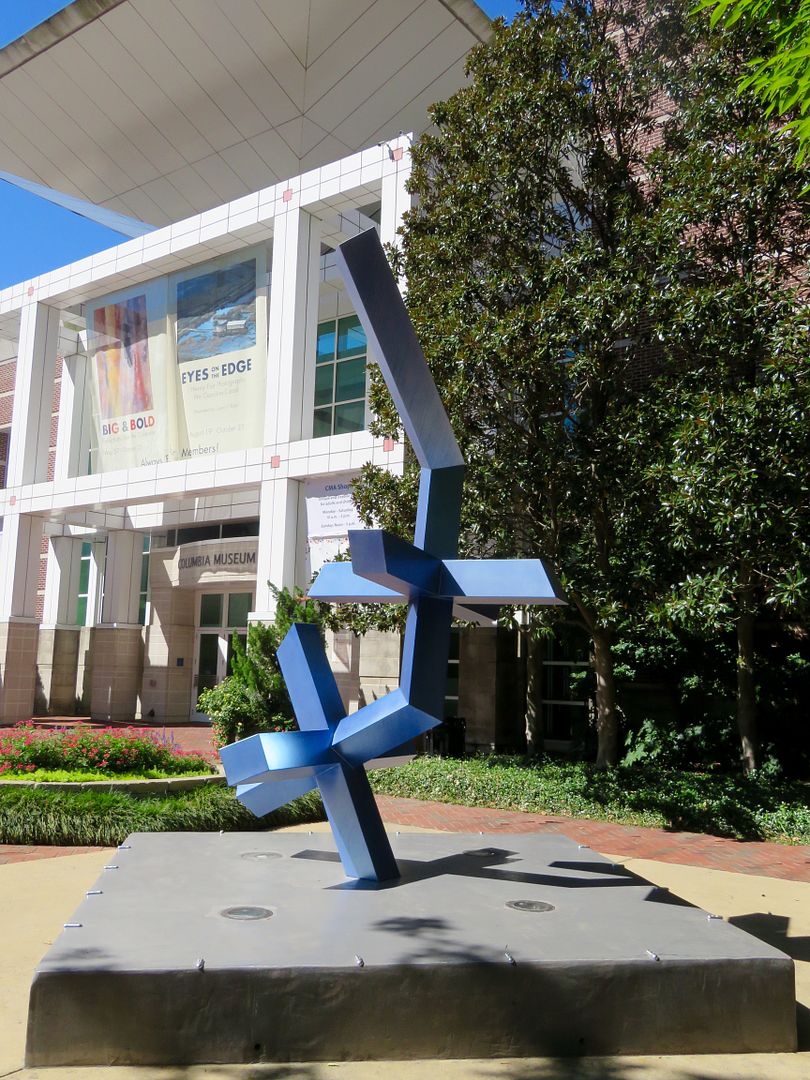
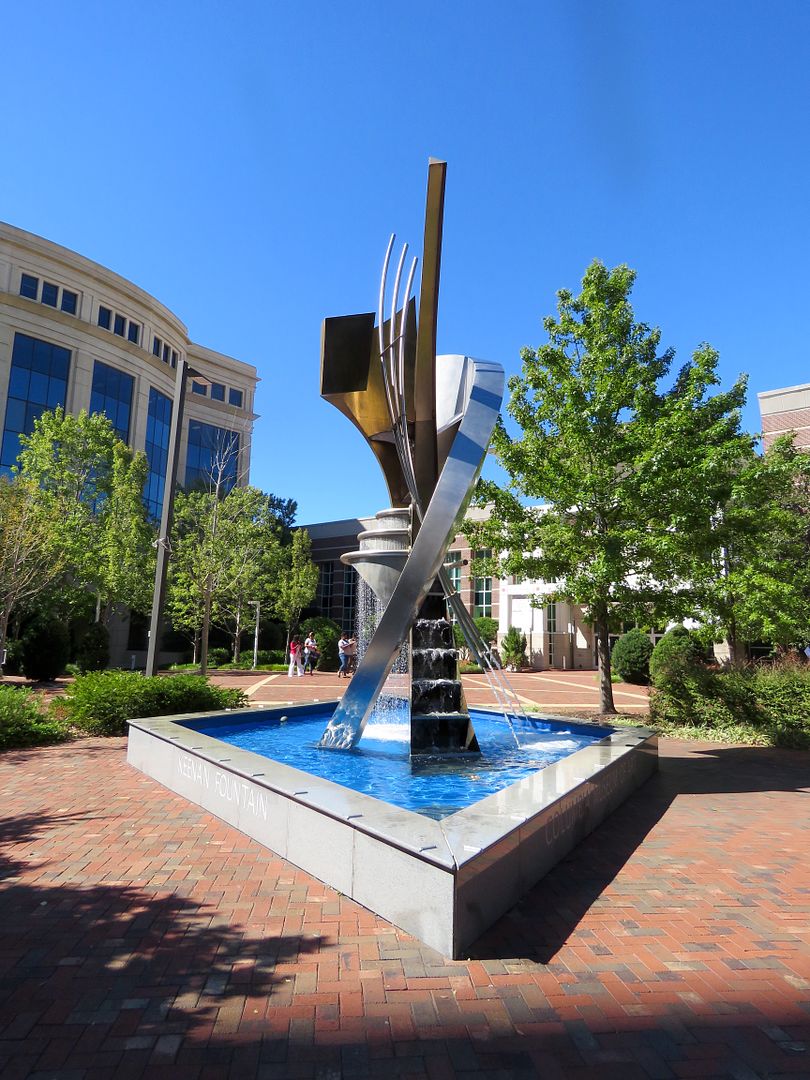
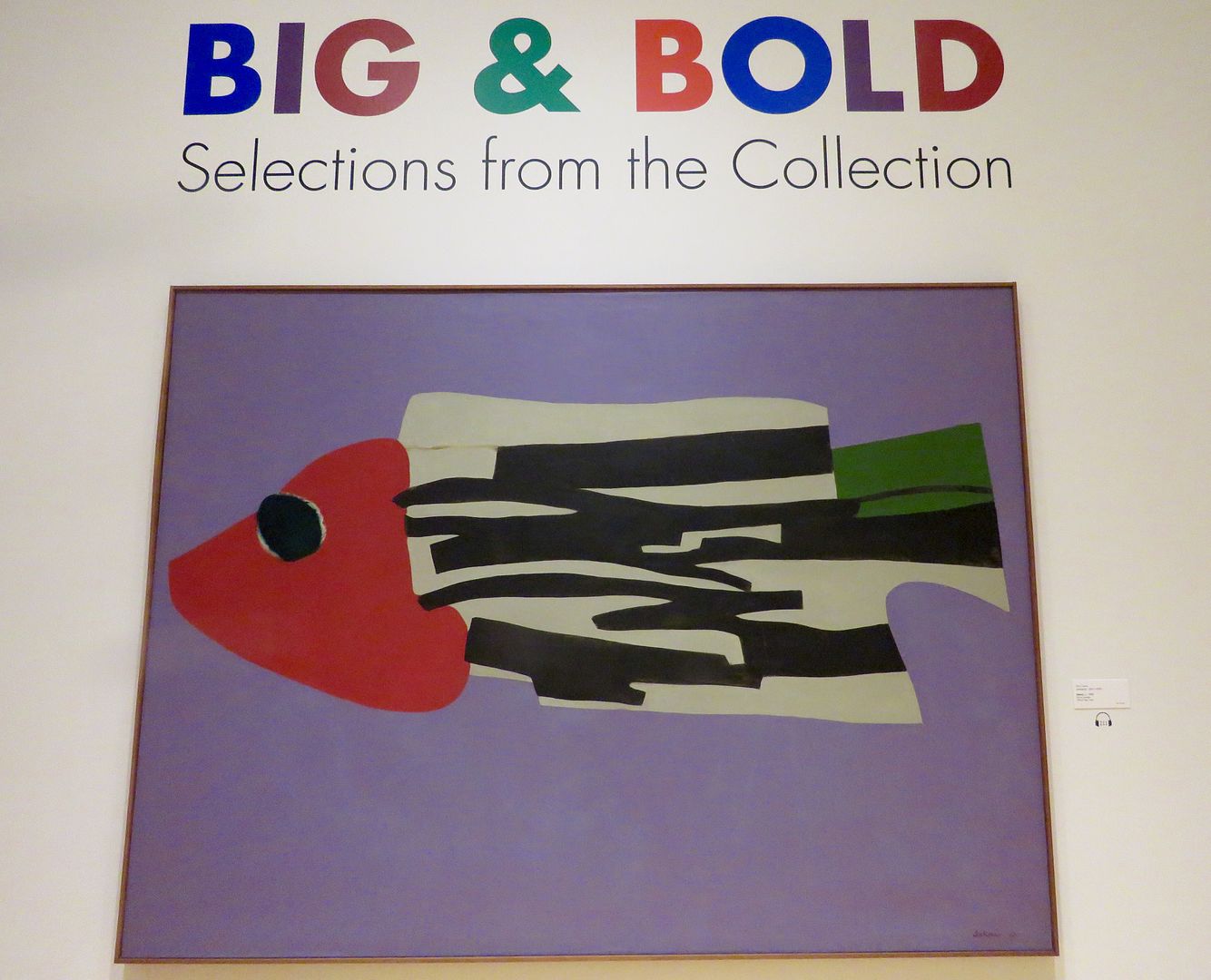

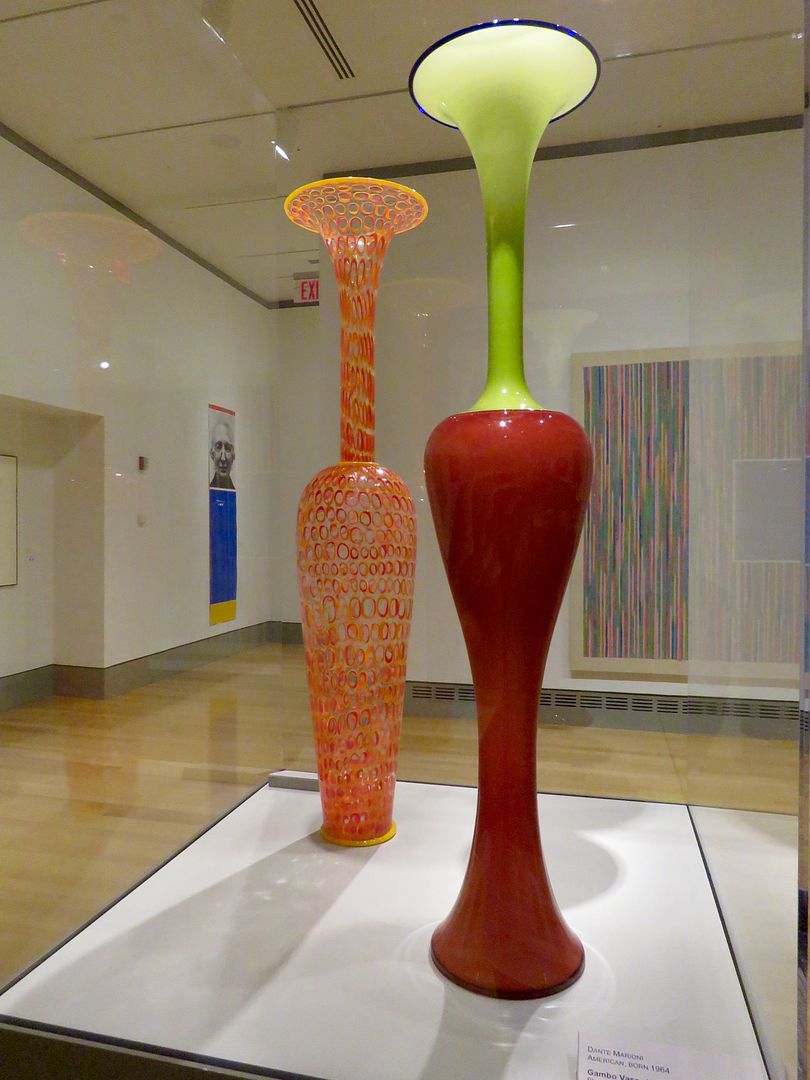

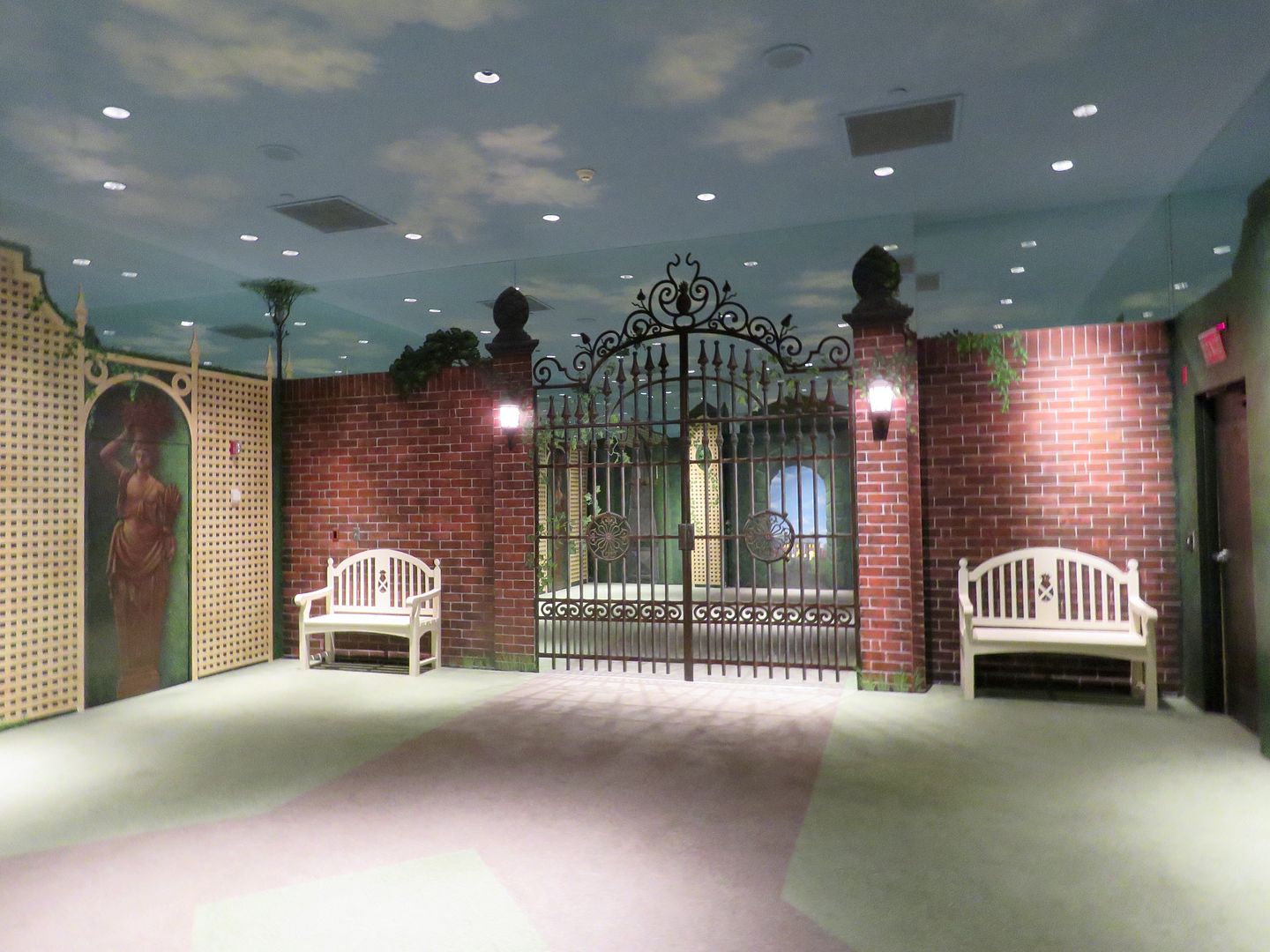

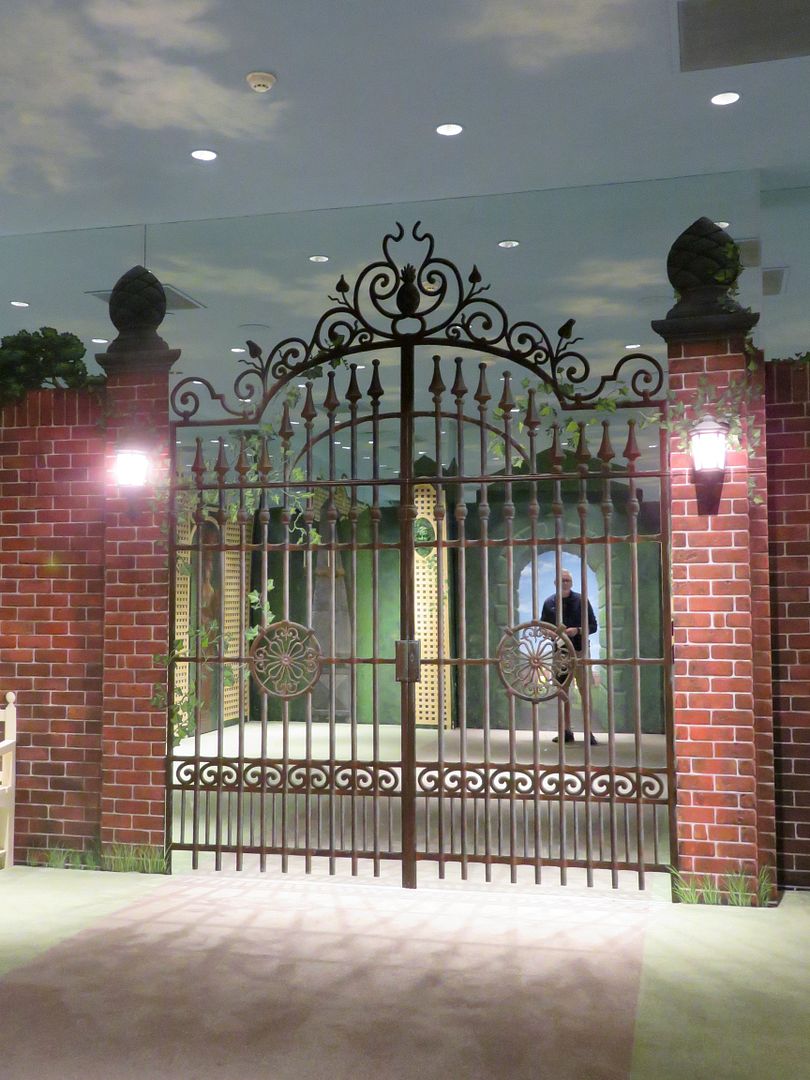
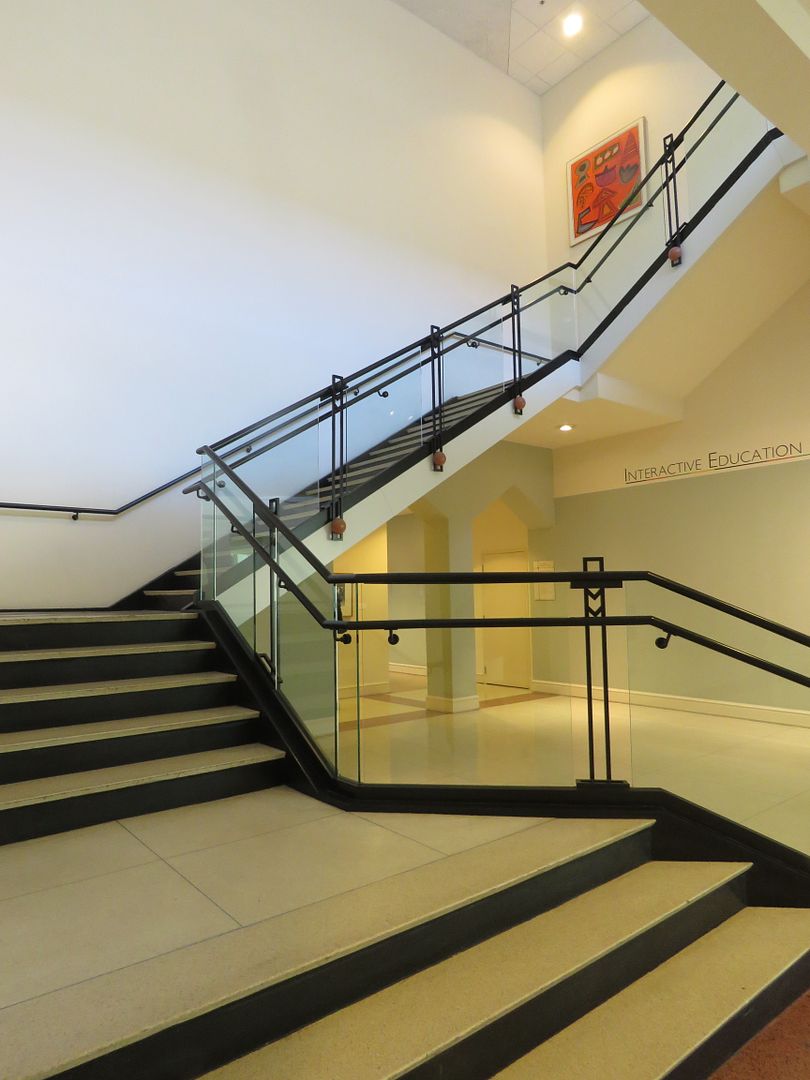
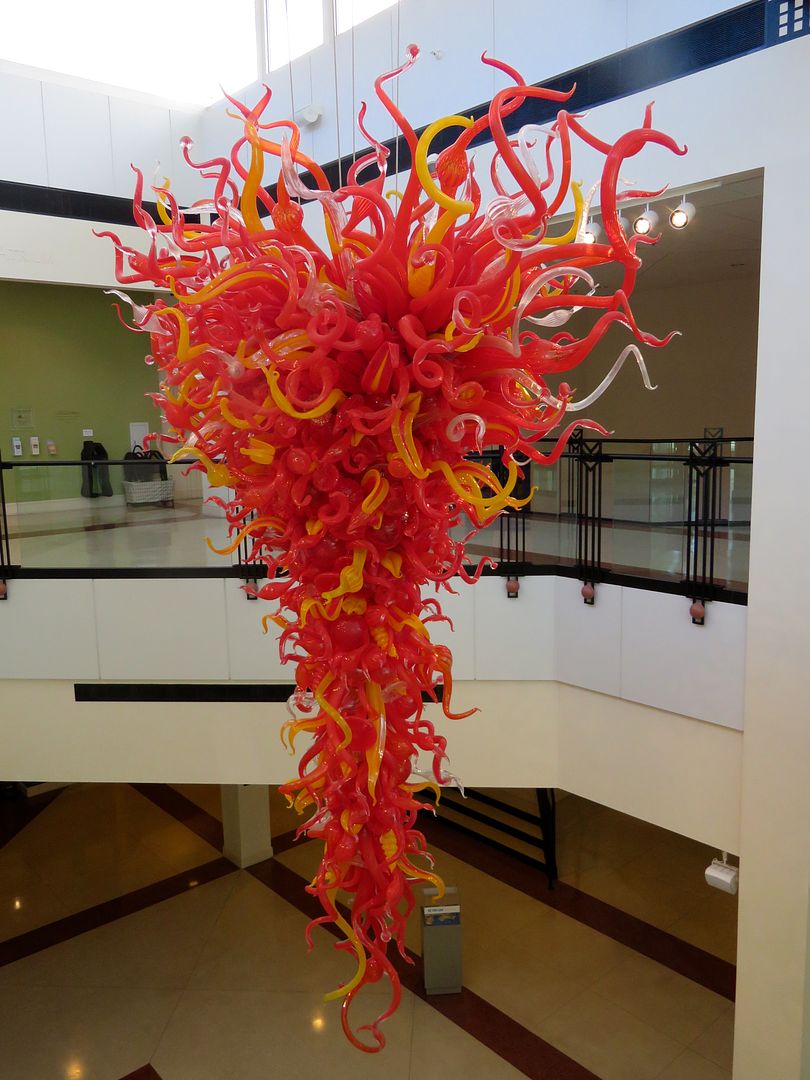


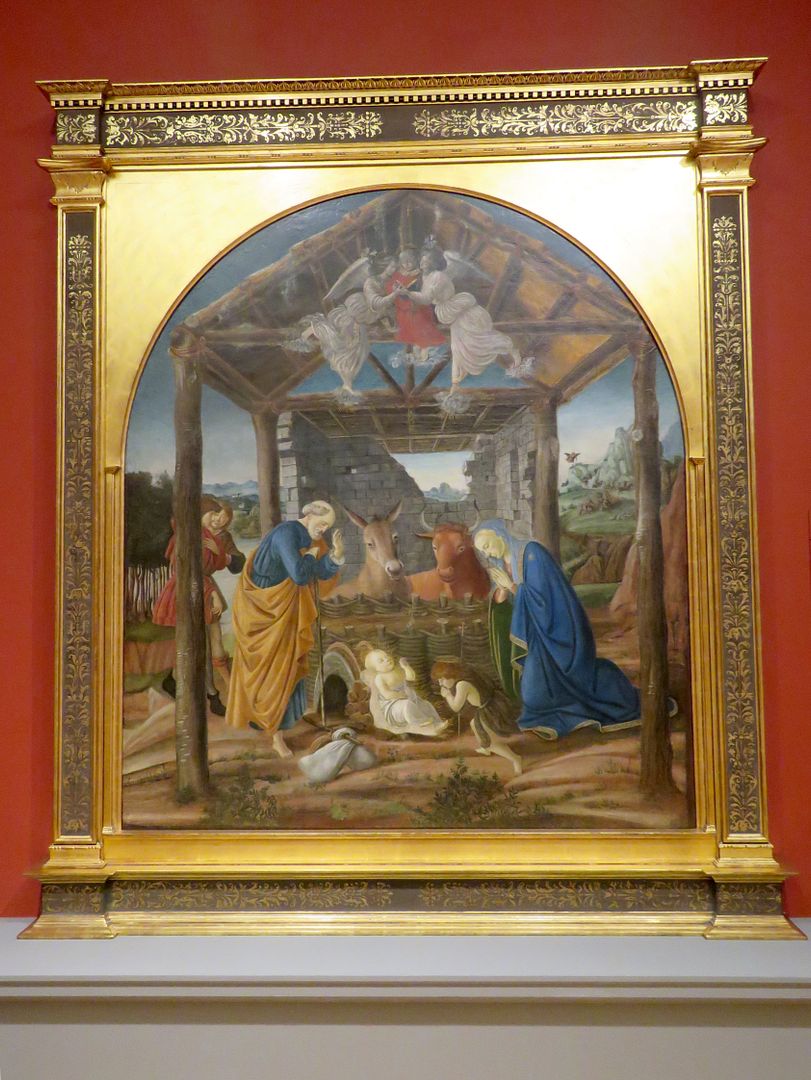

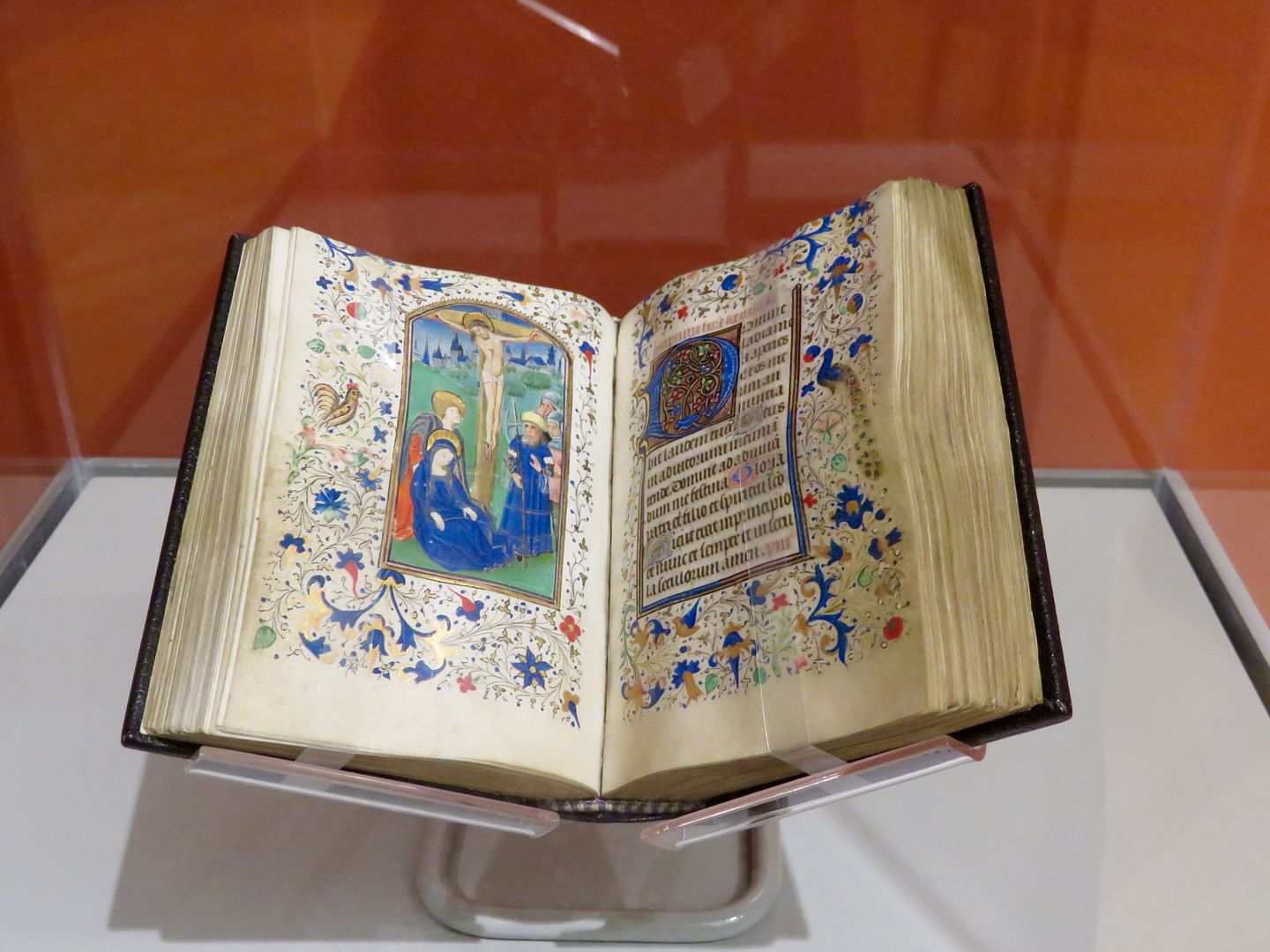
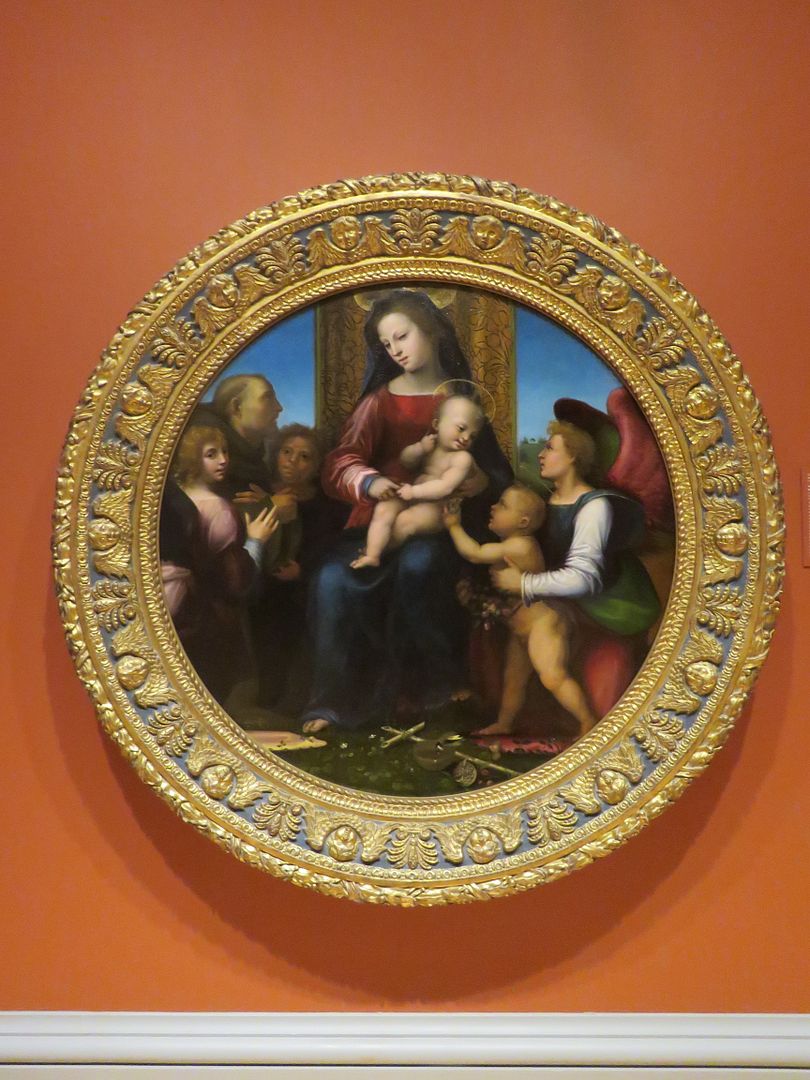
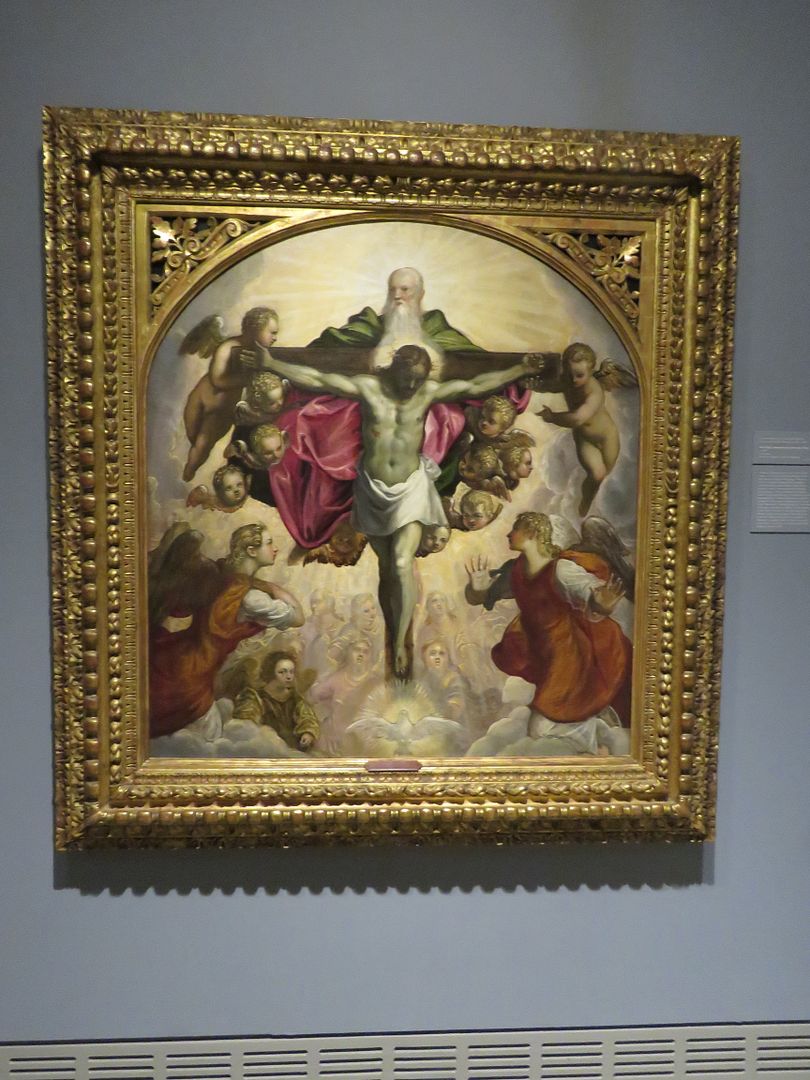
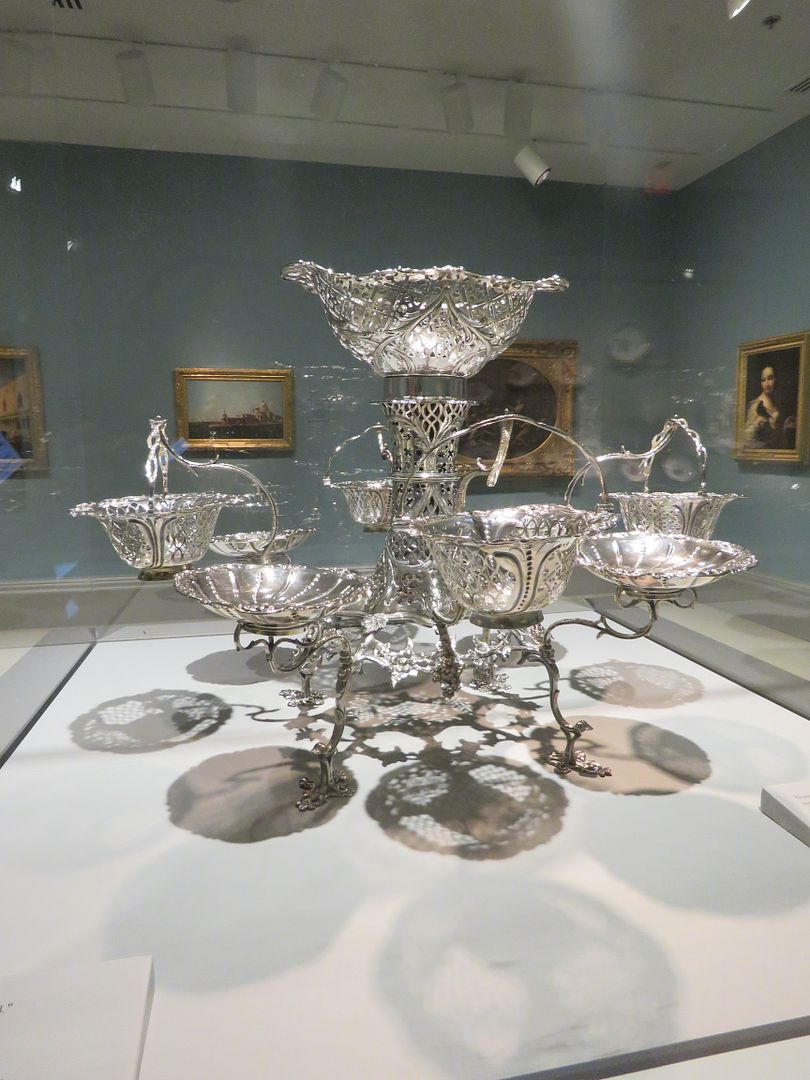
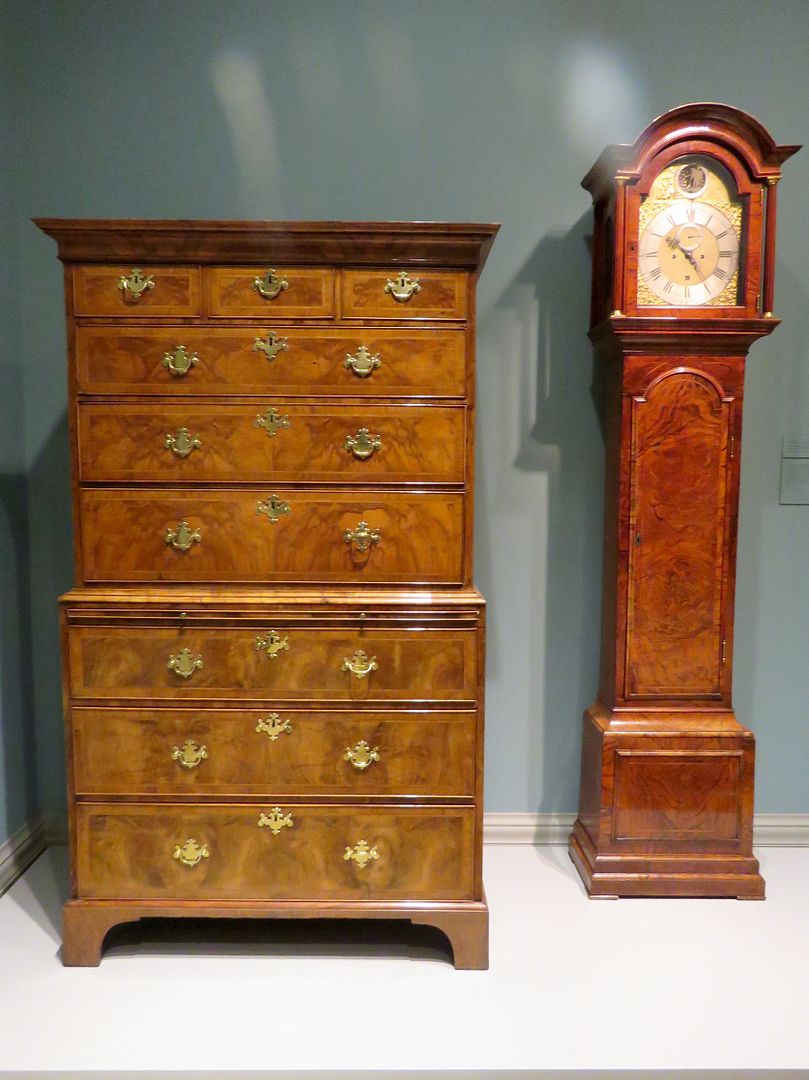

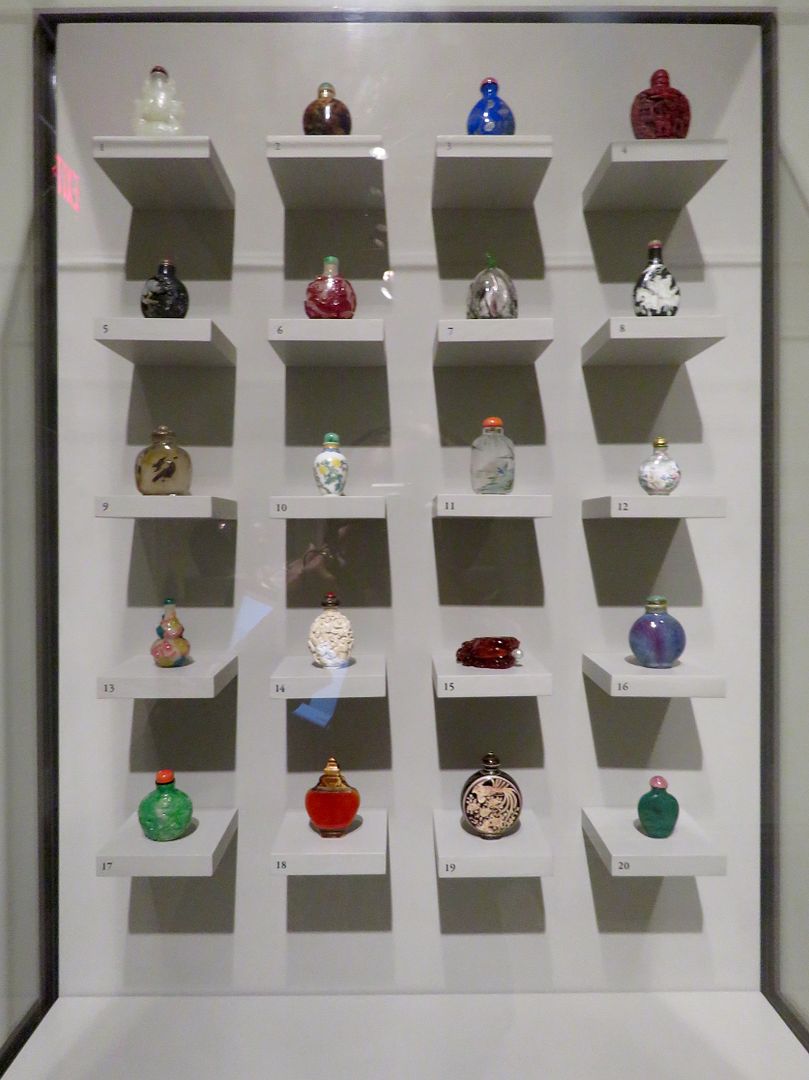

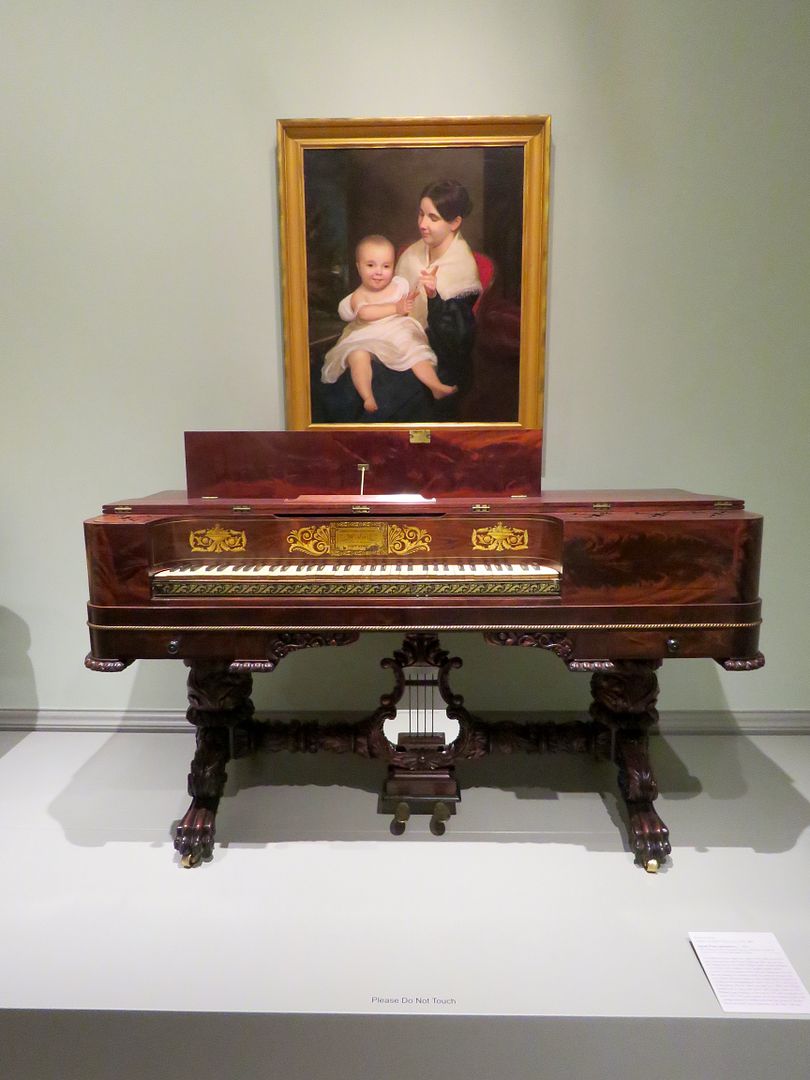
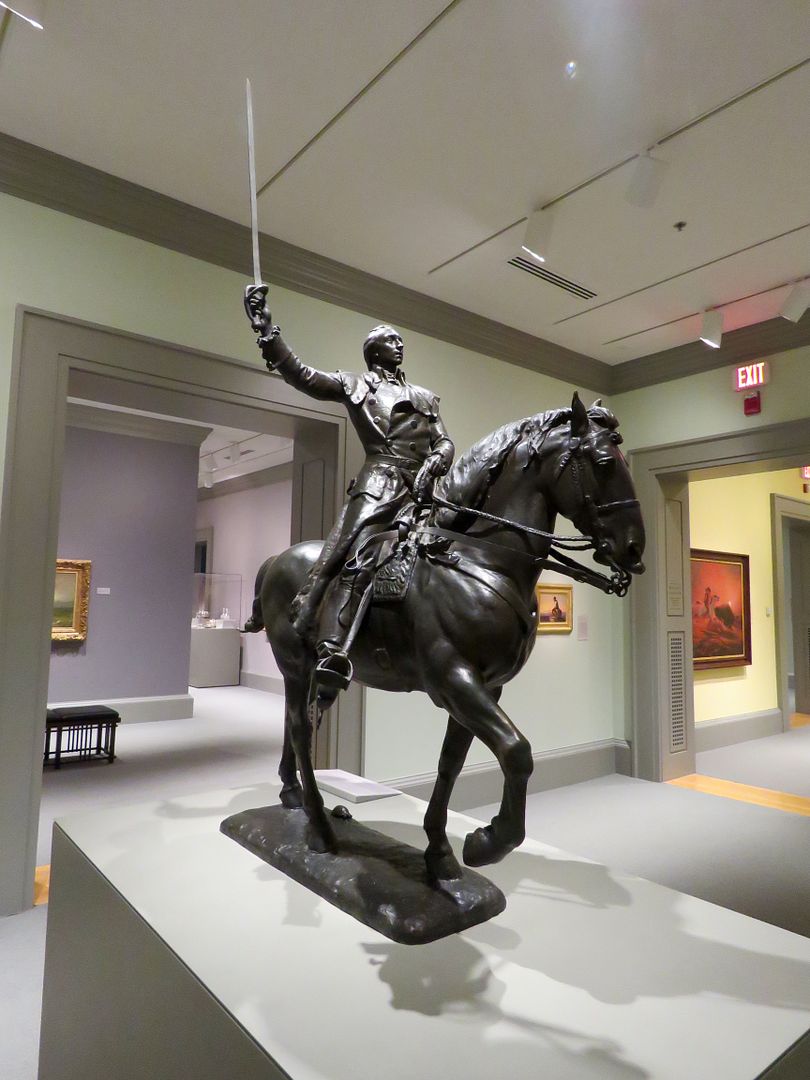
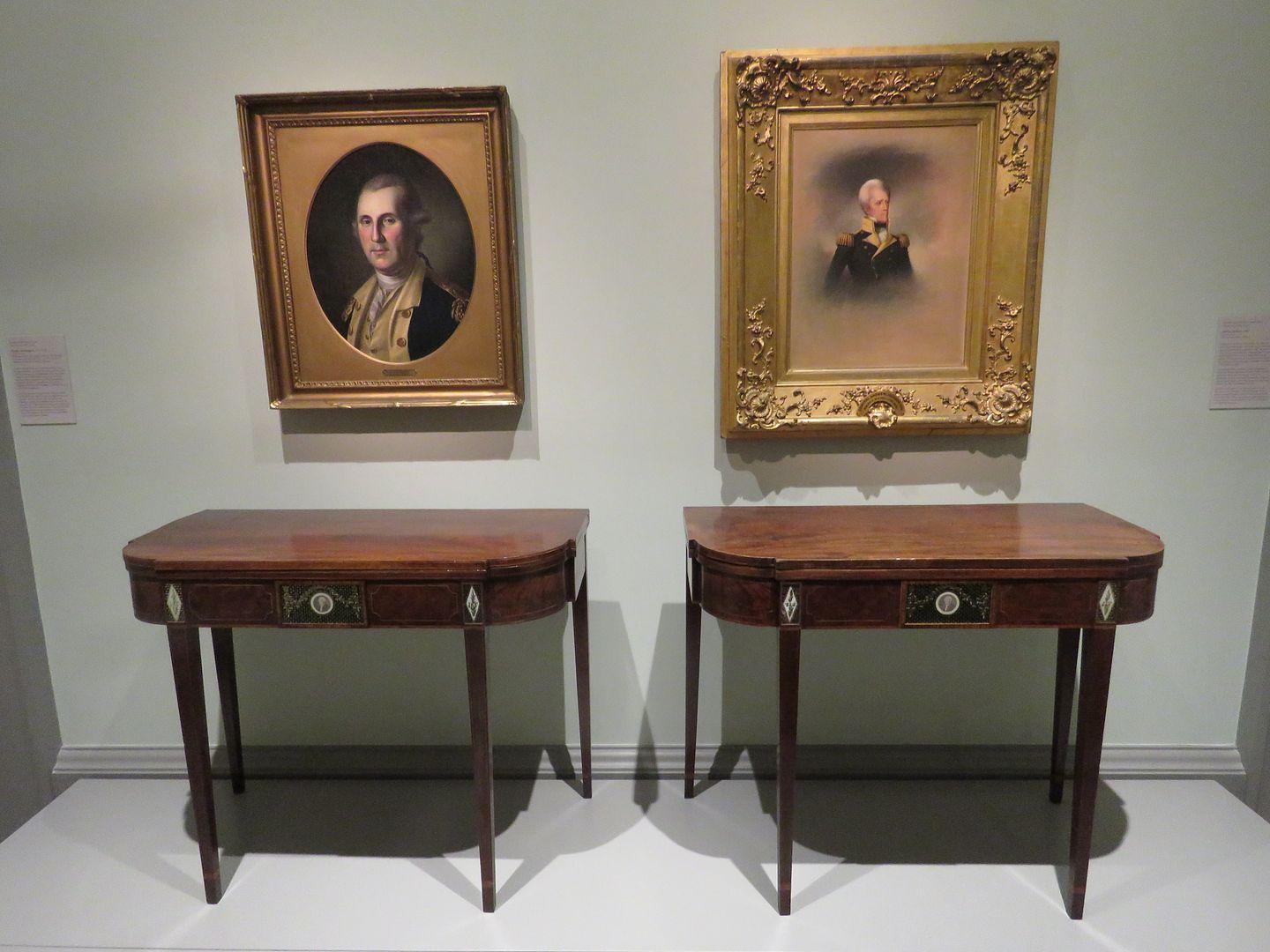
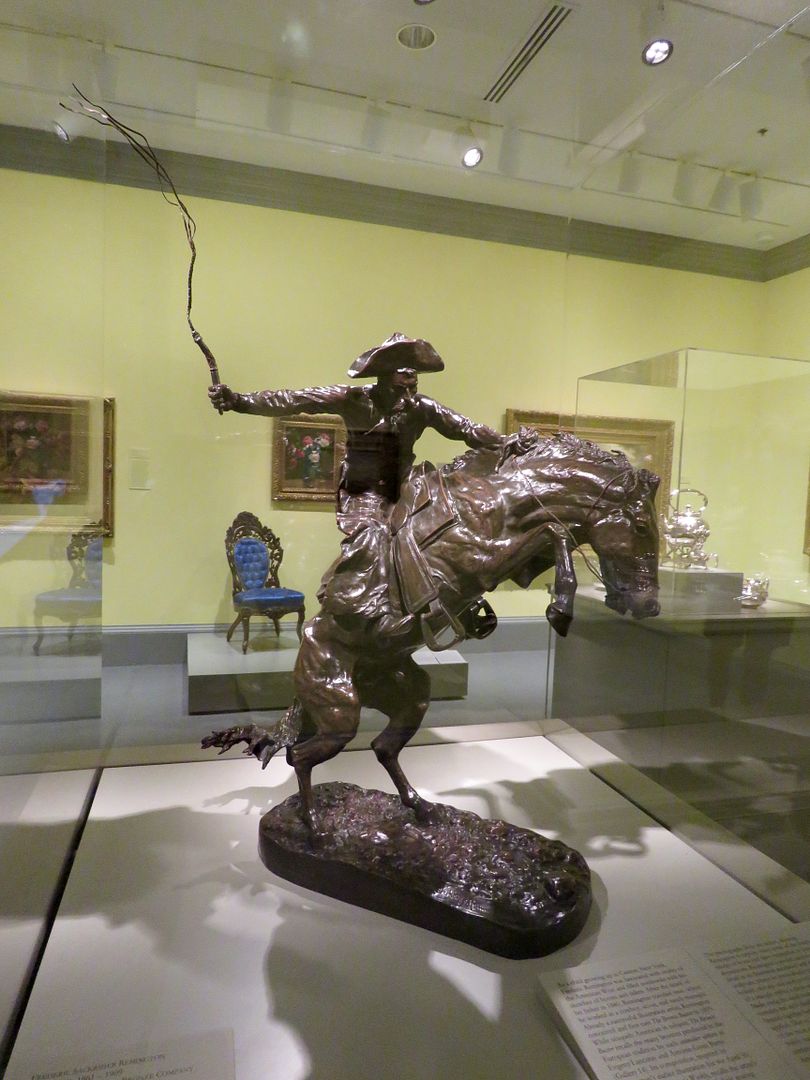
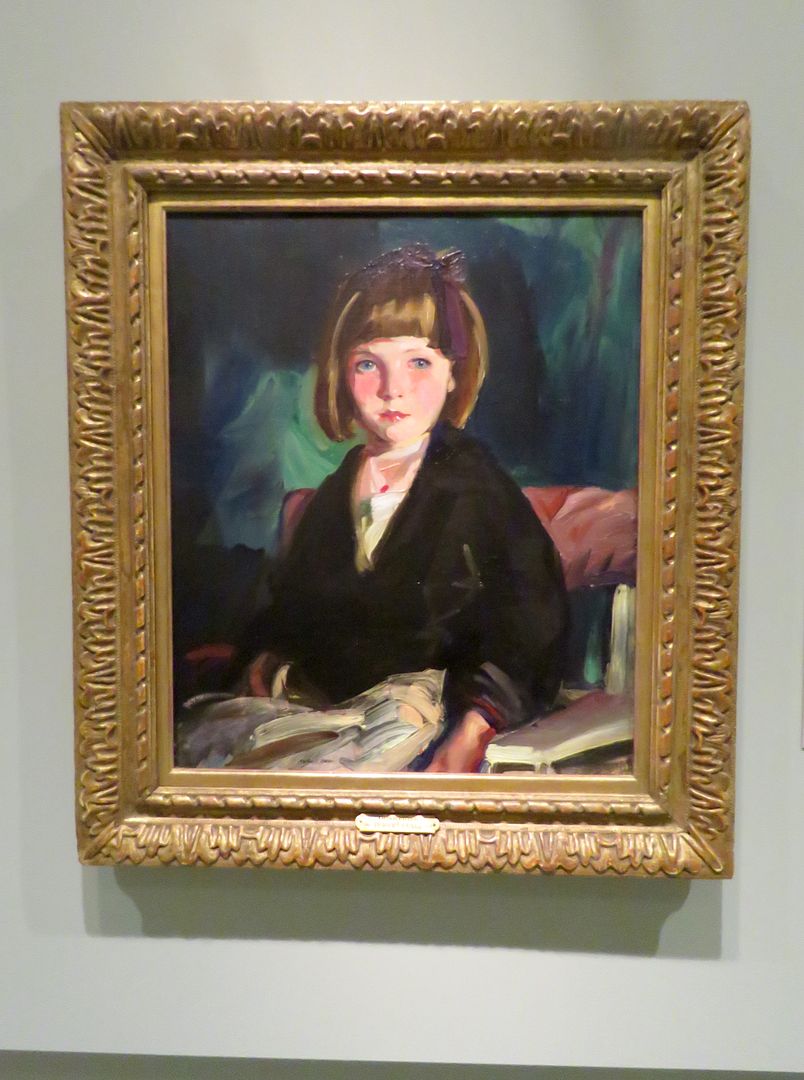
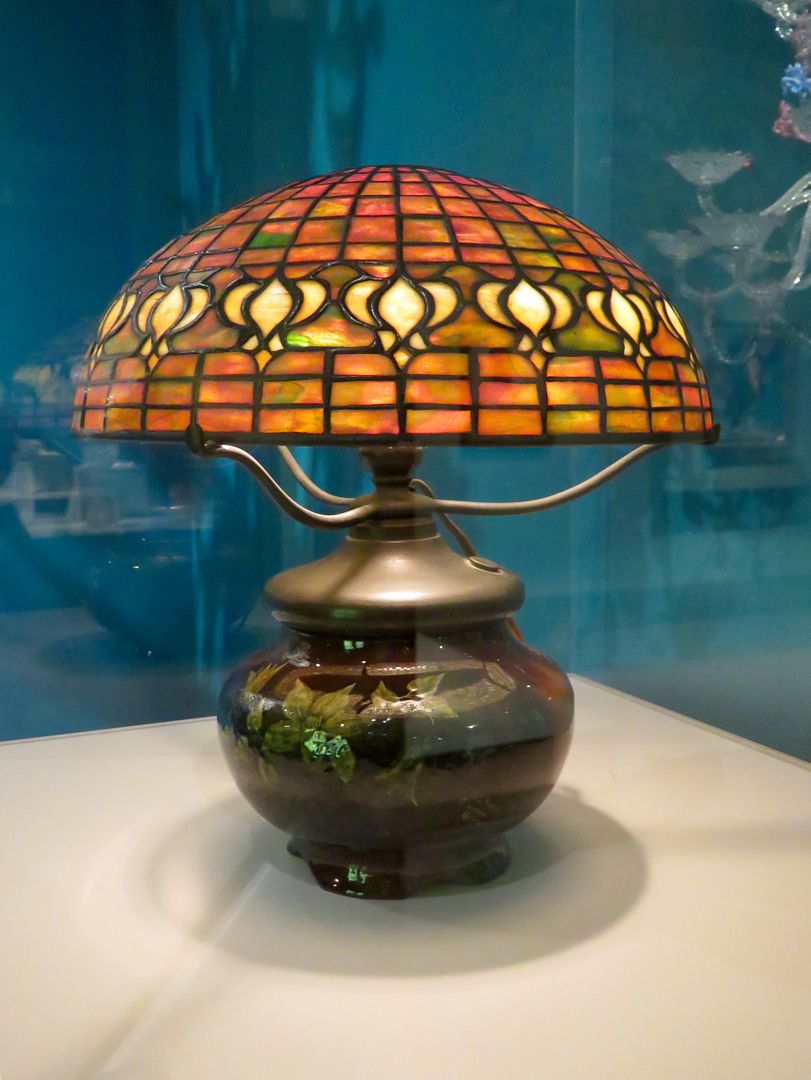


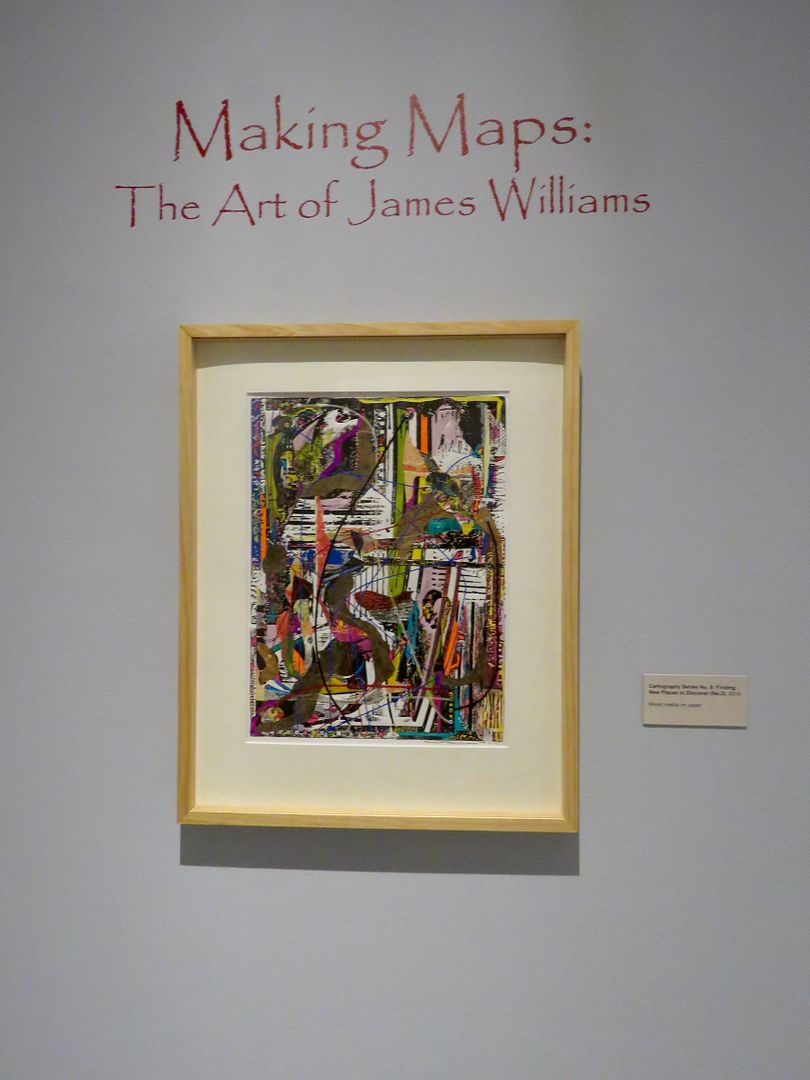
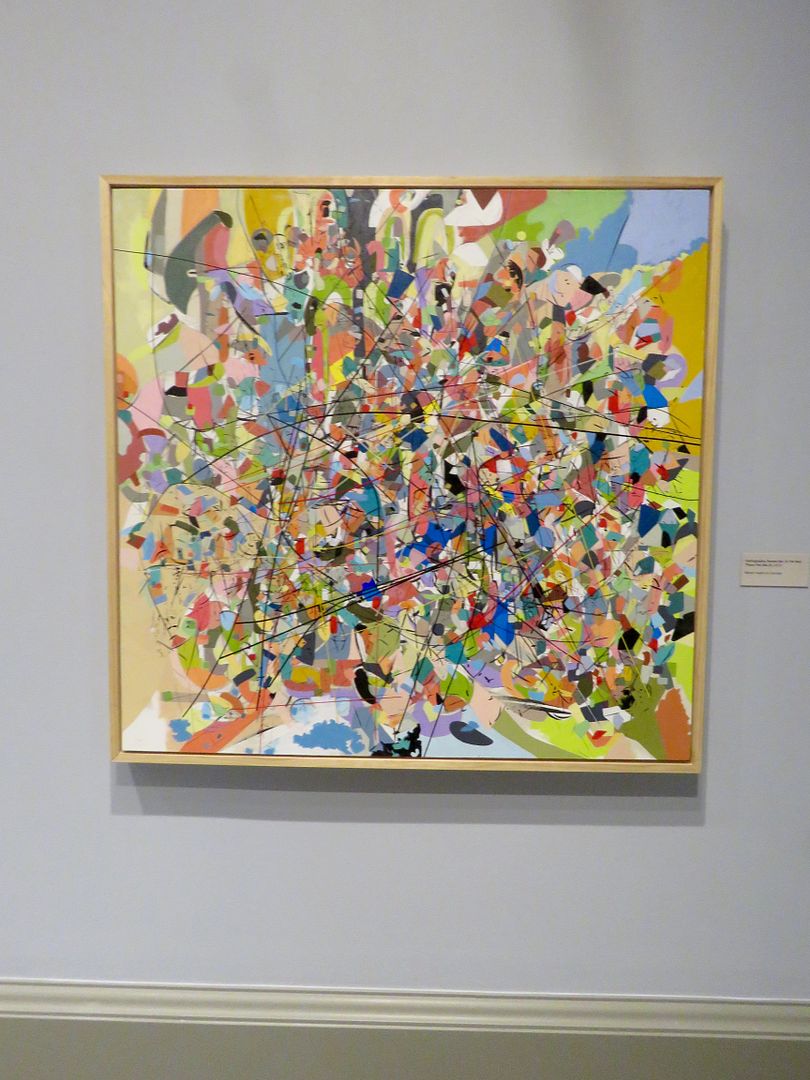
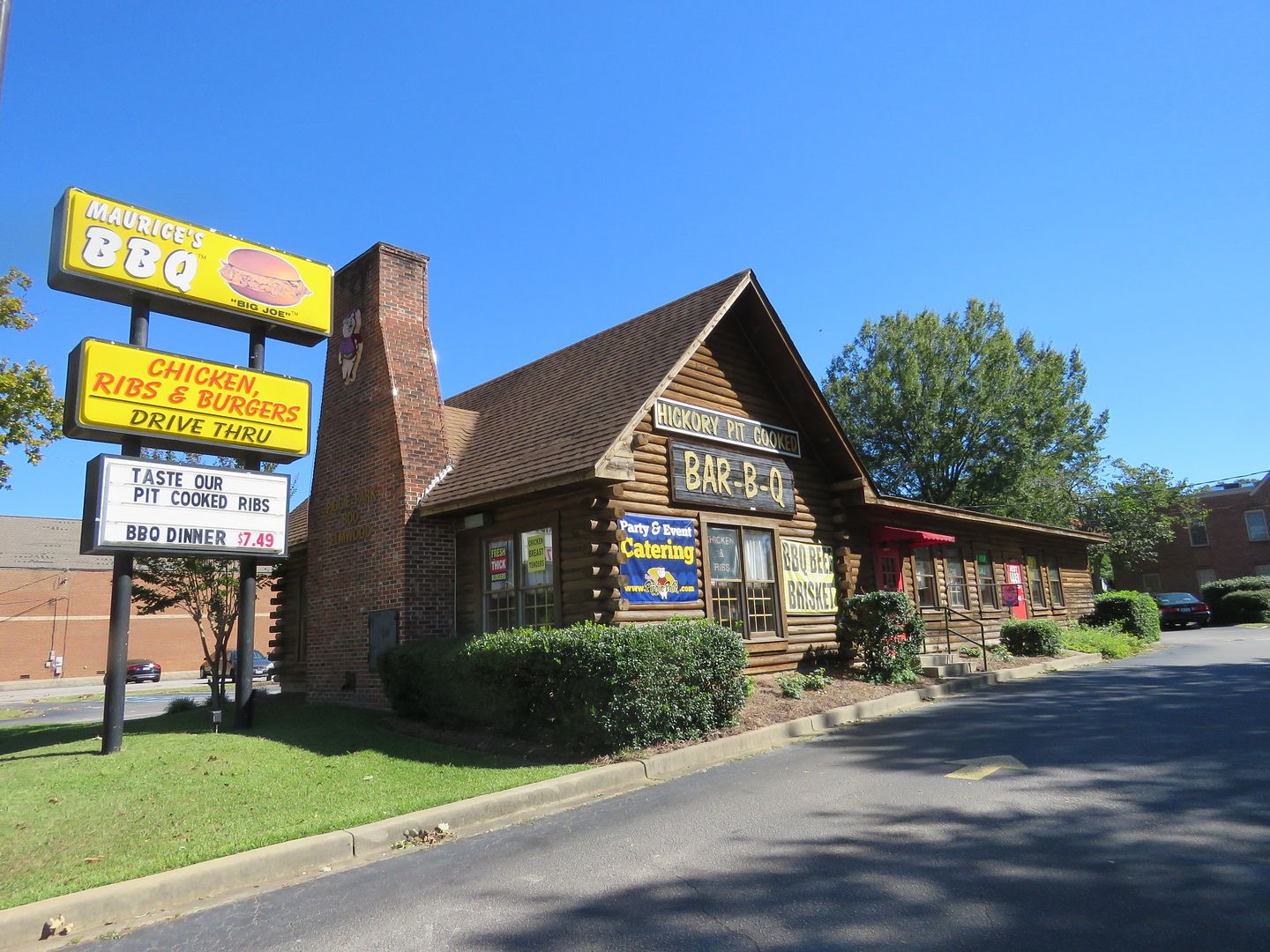

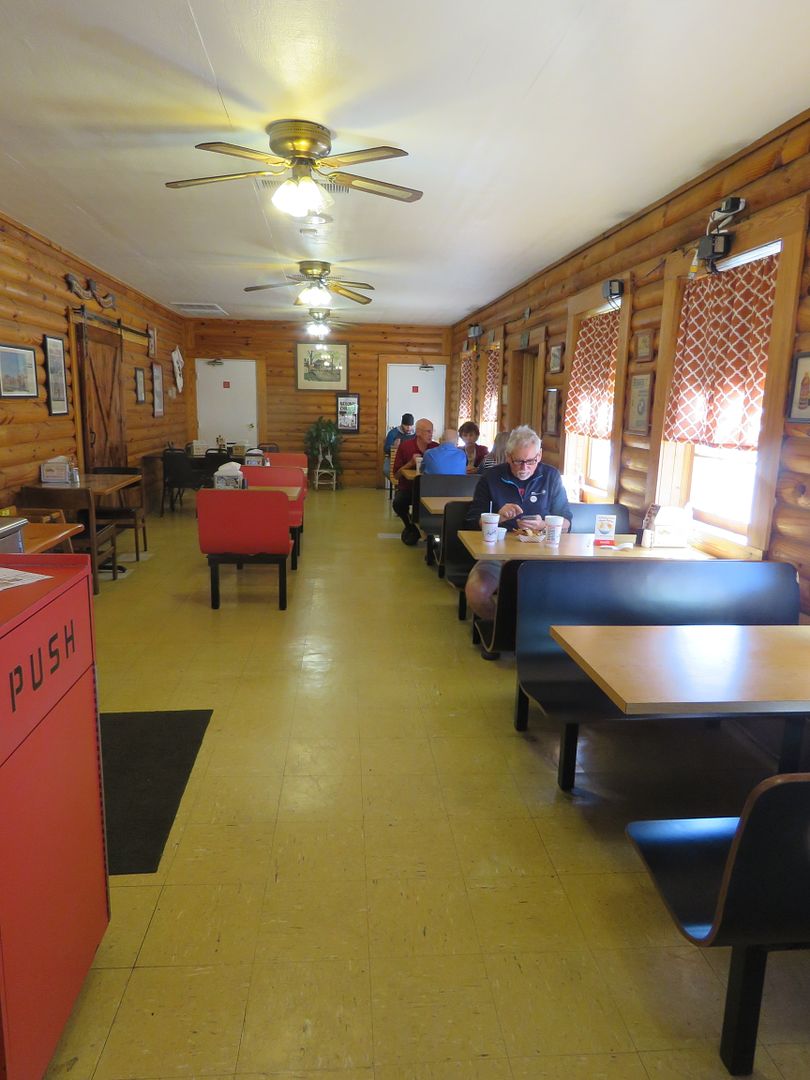


No comments:
Post a Comment